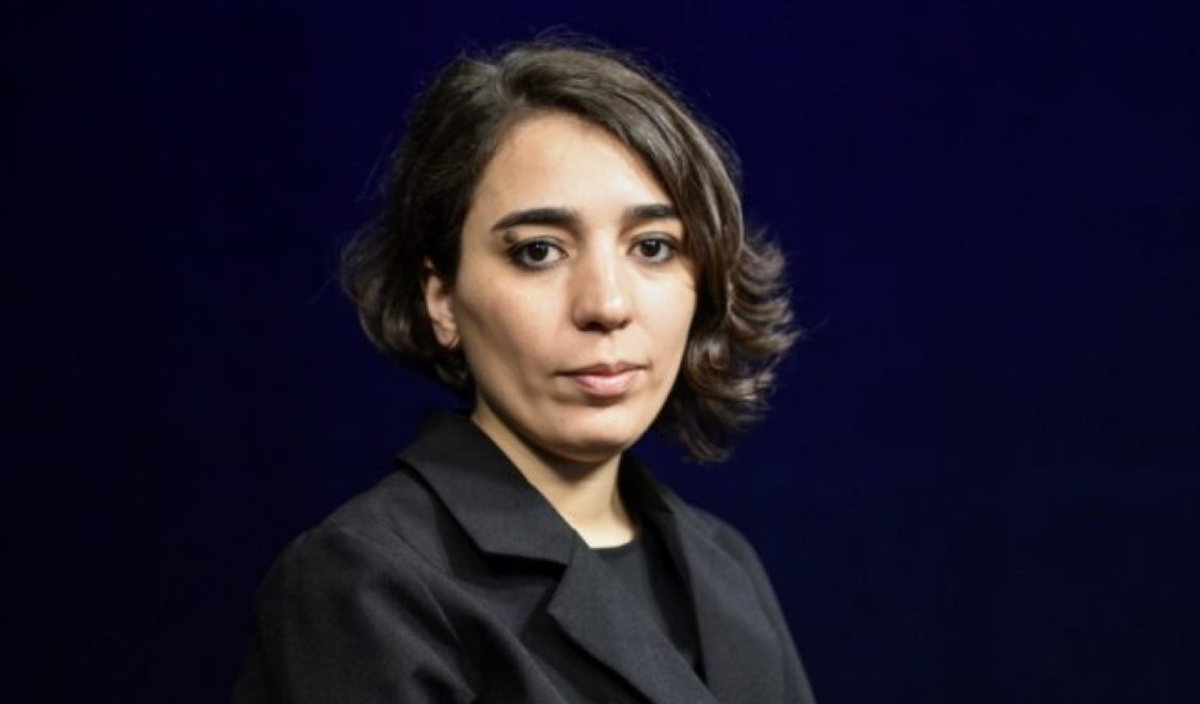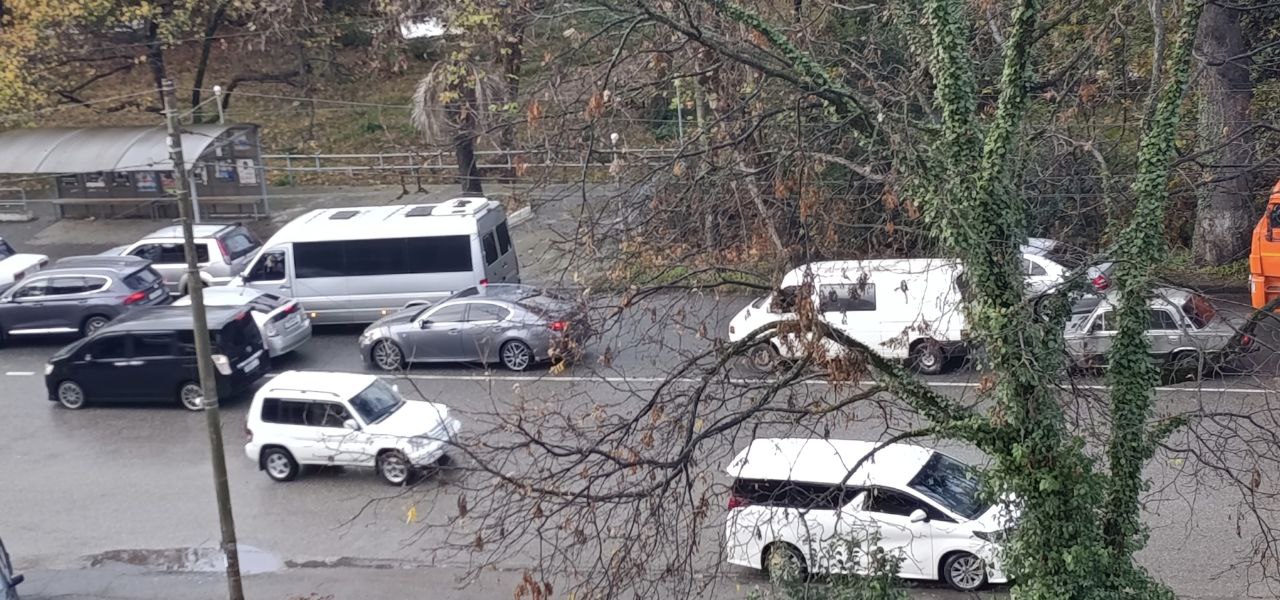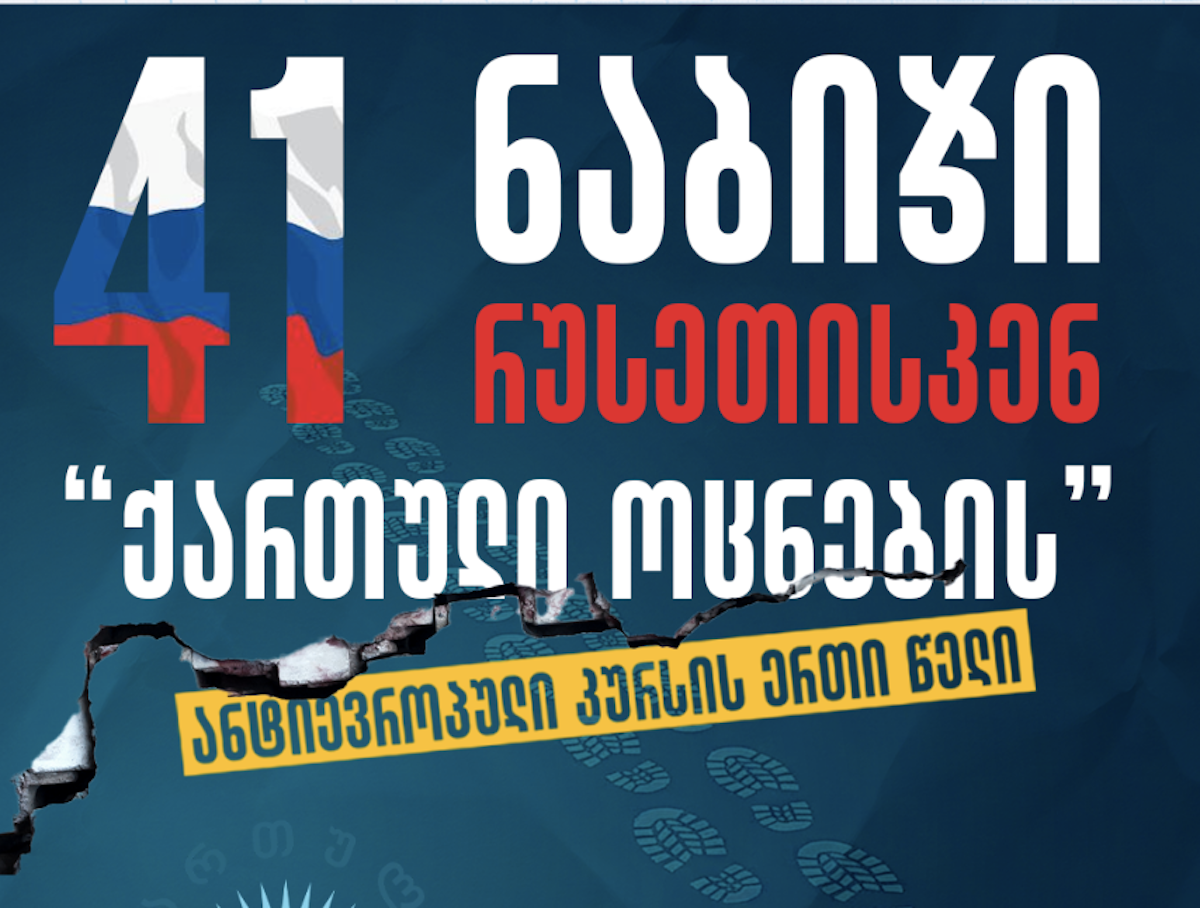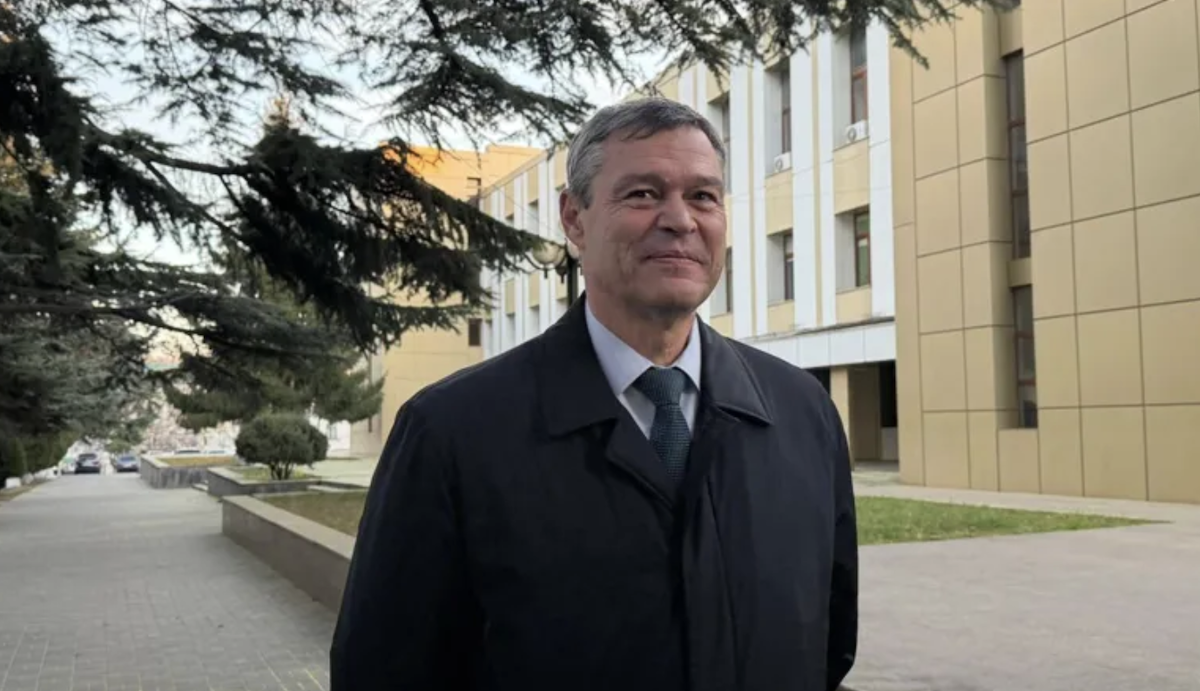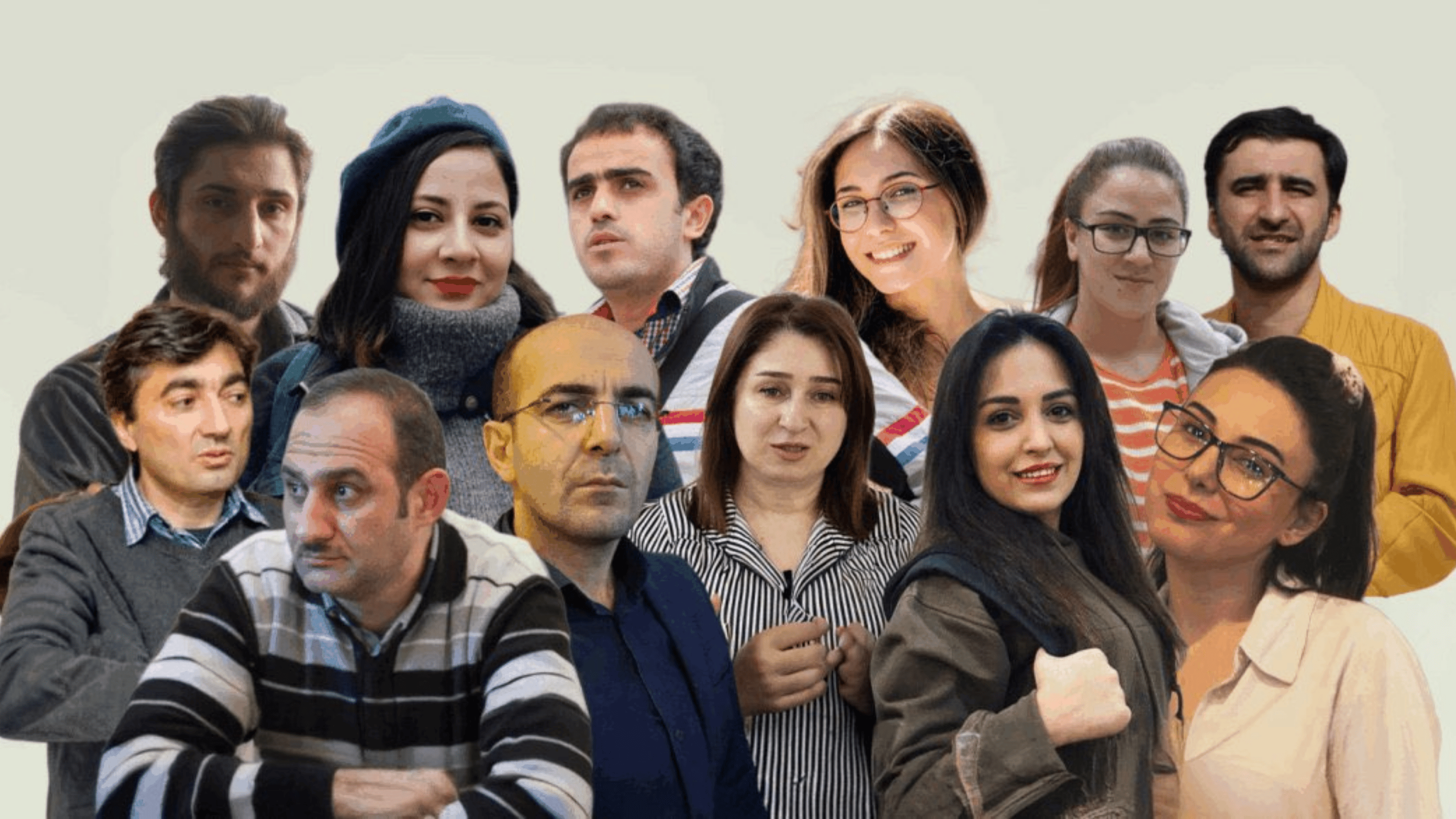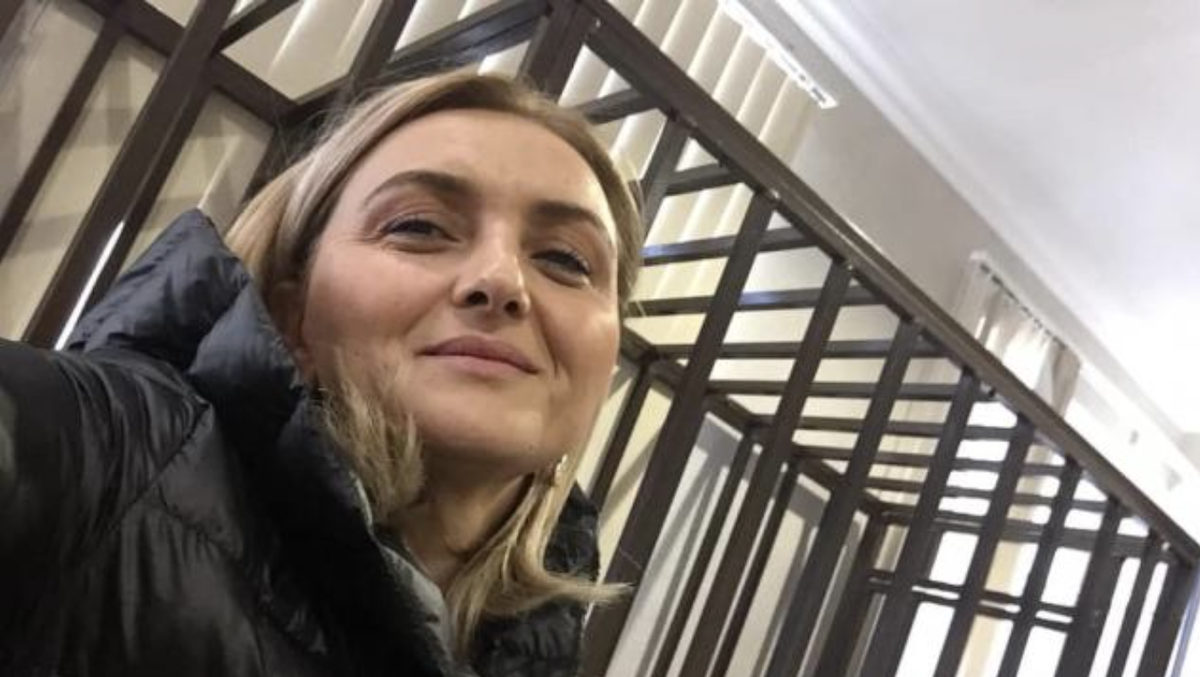Post-war mosaic butterflies in Armenia
Mosaic and graffiti butterflies in Armenia
Mosaic butterflies began to appear on the walls of buildings in different cities of Armenia and the unrecognized Nagorno-Karabakh Republic (NKR). Their author is Siranush Aghajanyan, she dedicated them to the 44-day war and called them “Post-war butterflies / fallinginloveness”.

Siranush invented the word fallinginloveness herself – there is no such word in the Armenian language. She says that it appeared by itself, the way a work of art arises.
“Why fallinginloveness? I was in love during the war, and this gave me the motivation to create something with a clear and unequivocal happiness, aesthetics”.
This is how the idea of butterflies was born as the embodiment of new life, rebirth and love. And when, in the process of creating mosaics, Siranush began to study their symbolism, it turned out that they have the same meaning in other cultures.

Over the past six months, starting in May, she has created five mosaic butterflies. Siranush plans to do two or three more.

The biggest symbol of love and rebirth – a 3.5-meter butterfly – recently found its home in Stepanakert [the Azerbaijani name of the city is Khankendi – Trajectories].
“When you create a new work, it is not always possible to experience the feeling of happiness and joy. But, while making butterflies, I experienced exactly these feelings. Sometimes it seems to me that my mosaics assert: there is life!”, says Siranush.
The cycle with butterflies aroused interest and even admiration of the audience.
“When I meet friends, I often hear that they now associate me with these butterflies. They like it, they often ask me if there will be more mosaics, and if so, where and when they will appear”, says the author.
One of the works appeared in Yerevan, on the wall of the “Mkhitar Sebastatsi” educational complex. The students took part in the creation of the pixelated butterfly sketch with great enthusiasm.
“It was a new, completely unique experience for them. They asked me strange questions: how do you do it, were you born talented or acquired your talent”, the artist recalls with a smile.

Before the 44-day war, 27-year-old Siranush had no idea that the war could be so close.
“When I heard in my childhood that there was a war, for example, in Syria, it felt ordinary, I just knew about it, and that’s it. But when it happened so close to me, everything changed – reality, ideas, points of inspiration, everything”, she says.
According to Siranush, it is important for the consequences of the war and anti-war calls to be reflected in art.
Siranush and her friends started creating mosaics in 2016. At first it was just a way of making some money. But next year, working separately, in her studio, Siranush began to create mosaic images from various waste materials.
A year later, together with one of their friends, Narek, they founded the Street Bitcoin group. In just a few months, they managed to make 10 mosaics in different parts of Yerevan.

The artist enjoys working with a material that many imagine as a decoration on the walls of their bathrooms or kitchens.
Siranush does not ask the city authorities to agree to put the mosaics on the buildings. And she had no problems yet. Moreover, she heard that the authorities like the initiative.
Siranush mosaic butterflies are unique. They are not only beautiful, but also carry an important message. As the author says:
“Some people have problems that they cannot express. We found ourselves in the same situation during the war. Human life is the highest value. Nothing in the world can compare to it”.
Trajectories is a media project that tells stories of people whose lives have been impacted by conflicts in the South Caucasus. We work with authors and editors from across the South Caucasus and do not support any one side in any conflict. The publications on this page are solely the responsibility of the authors. In the majority of cases, toponyms are those used in the author’s society. The project is implemented by GoGroup Media and International Alert and is funded by the European Union















